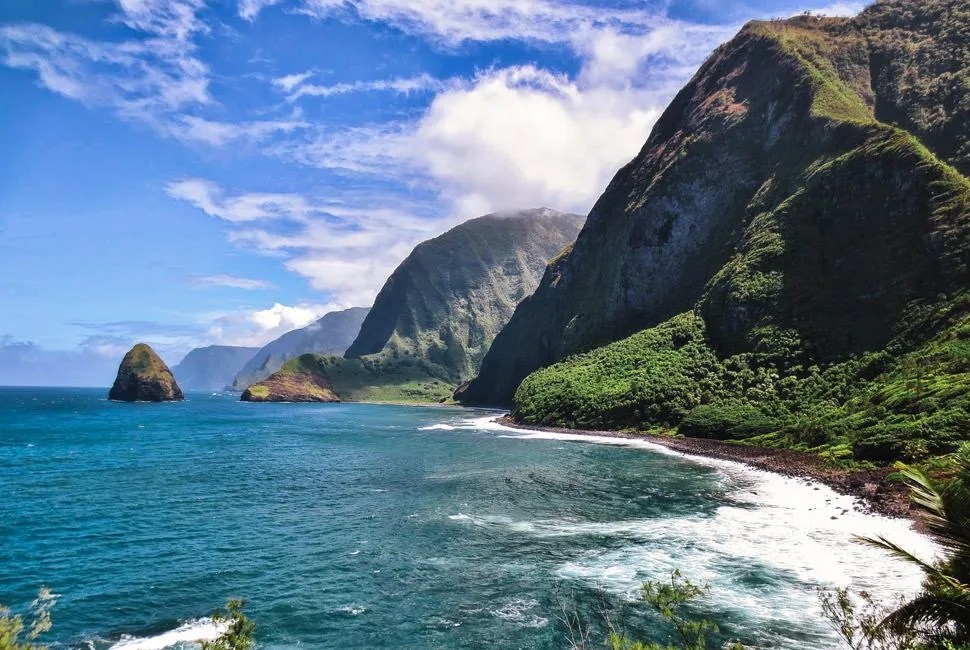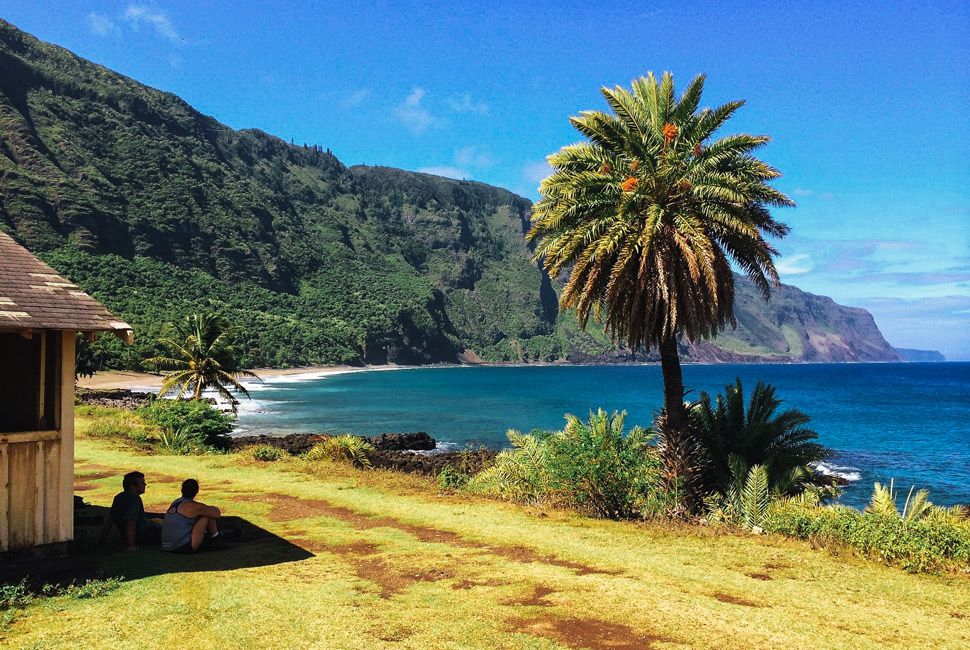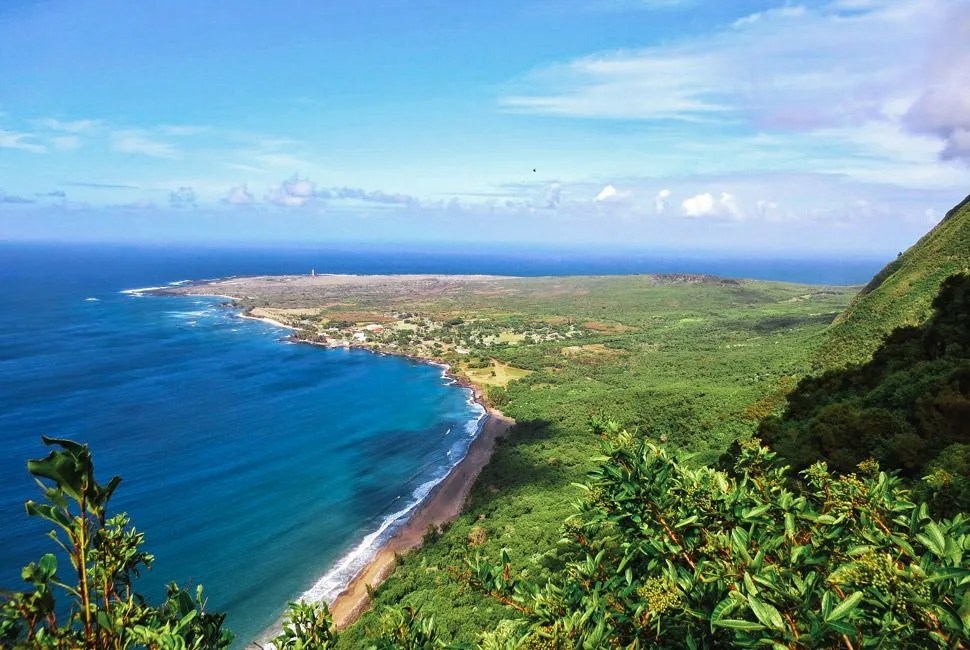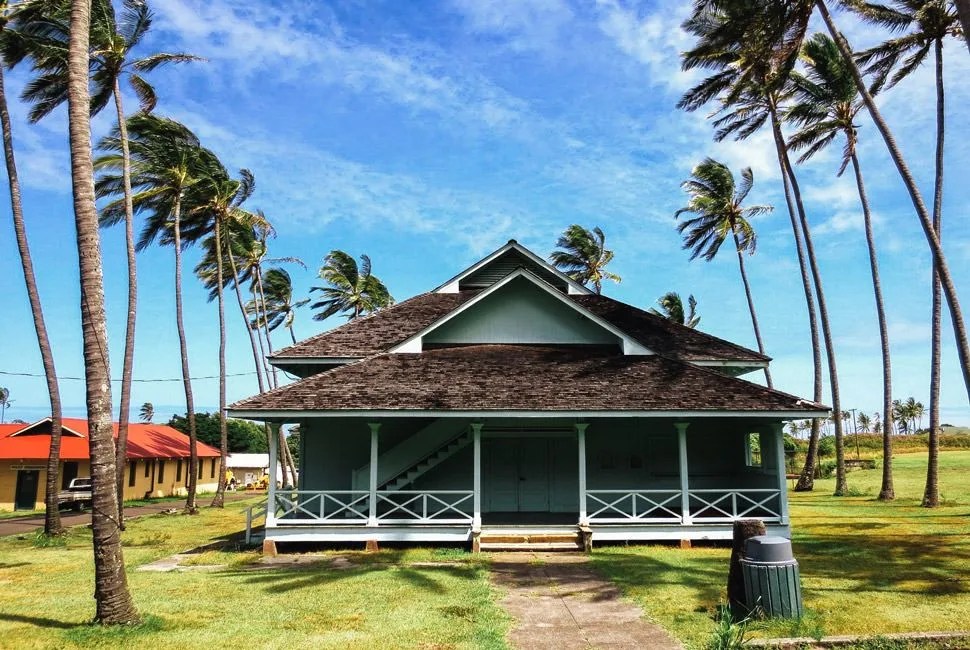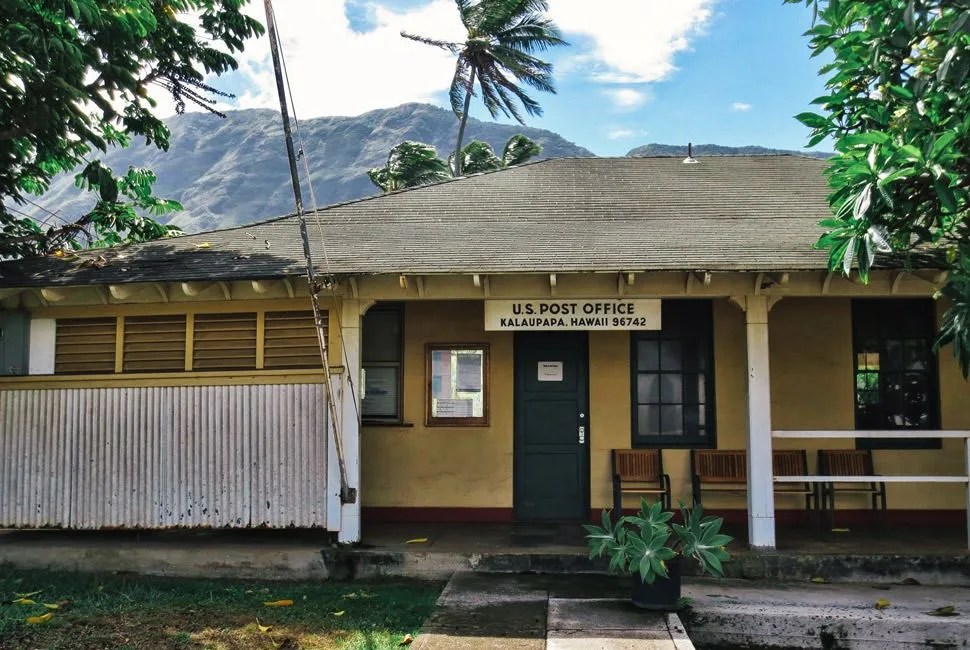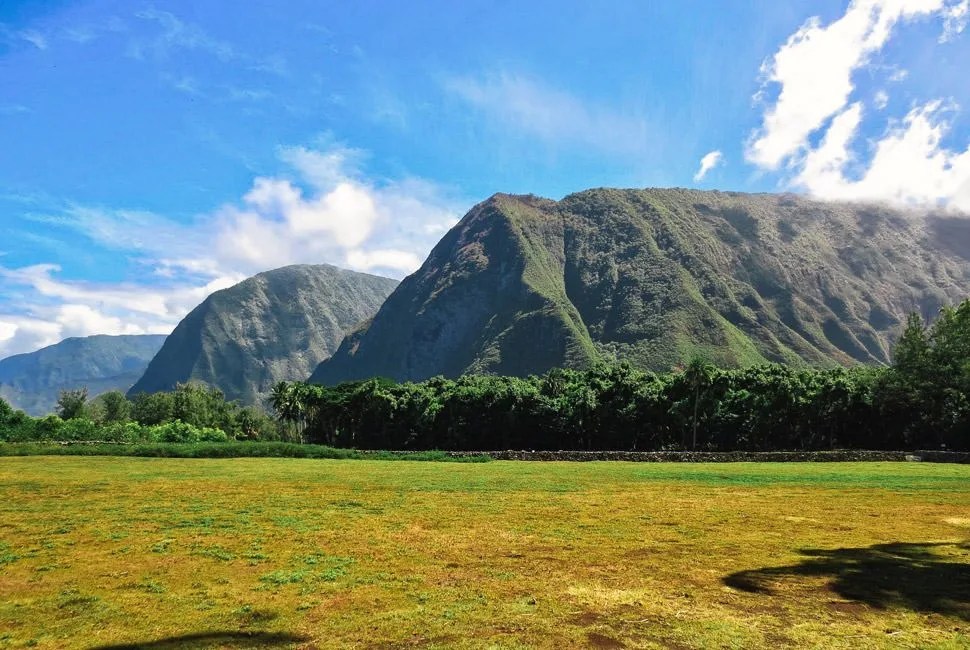7 photos
ROAD N✍TES
Editor’s Note: Beyond Pearl Harbor, most of us don’t know squat about Hawaiian history. GP contributor Will McGough visited the island of Molokai for an education in the “real” Hawaii.
Three miles, 26 switchbacks, and 1,700 slippery feet later, I emerged from the rainforest at the bottom of the world’s tallest sea cliffs on the north side of Molokai. The 106-year-old Pali Trail is the only public land-access route to the Kalaupapa Peninsula (KA-LOU-PAPA), a 25-square-mile piece of land completely fenced in by the towering sea cliffs and a roaring Pacific ocean. Its beauty was overwhelming — the kind that punches you in the gut. As I came out of the forest I followed the coast north towards the tip of the peninsula.
More Notes from the Road: Dispatches from Cuba | A Key West Travel Guide | The Rainforest Music Festival
My arrival at the isolated Kalaupapa was the icing on the cake of an already tourist-free visit to Molokai, Hawaii‘s fifth-largest island. From the very beginning, the island has resisted tourism, and it doesn’t take long to pick up on that vibe. Look no further than the “No Cruise Ship” signs that grace front yards, or the island’s “Kingdom of Hawaii II” meetings, where extremists discuss daydreams for a return to a sovereign nation. Further proof is in the numbers: In 2013, 35 million people visited Oahu, and only 264,000 boarded the short connecting flight over to Molokai.
Molokai is described by locals as “the real Hawaii” or “old-school Hawaii”, not only for its lack of tourism, but also because the island is the birthplace of Hawaiian civilization. The western Halawa Valley was the original point of settlement in the Hawaiian Islands, and despite its undisputed beauty, Kalaupapa played its own significant, albeit dreary role in Hawaiian history, one that saw 8,000 people die in forced isolation over the course of almost 100 years. History is odd like that: there I was, coming down the mountain like a kid on a playground, happy to finally be in the “real Hawaii”, and all of a sudden I realized that I’d arrived at a leper colony — one where people still lived. The beauty remained there, but the mood, understandably, had changed.
The Kalaupapa Peninsula Leper Colony was originally established to prevent the highly contagious disease from becoming an epidemic and spreading throughout the islands. In 1865, King Kamehameha V and the Hawaii Board of Health created the colony at Kalaupapa when they signed the Act to Prevent the Spread of Leprosy that ordered all infected with leprosy to be quarantined off from society, “to secure the isolation and seclusion of such leprous persons as in the opinion of the Board of Health or its agents, may, by being at large, cause the spread of leprosy.” Kalaupapa, a remote peninsula encaged by the world’s tallest sea cliffs, was the obvious choice at the northern end of the lightly populated island of Molokai.
